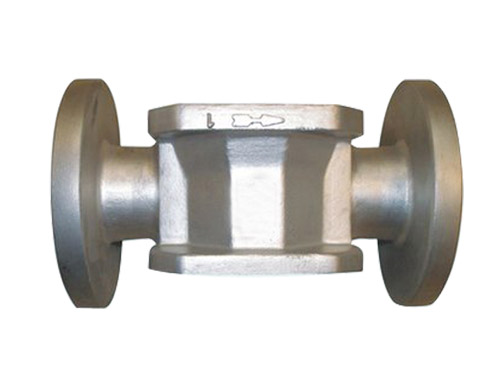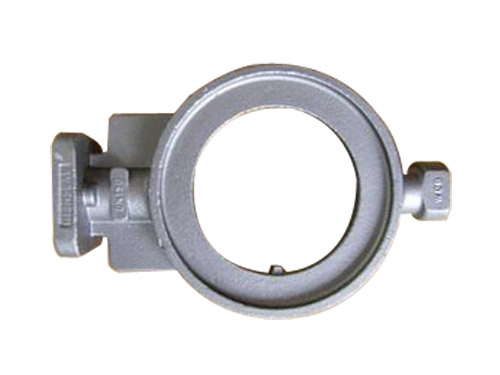"I always have a smell in my car", "stay in the car for a long time, it will be dizzy, nausea," "adults are acceptable for some flavors, but are very worried about causing harm to children" ... ... since the late autumn There are more and more opportunities to “dating†with haze. Many people also begin to “tap†and worry about the bad air quality inside the car. A few days ago, there were media tests on 20 vehicles, including 8 new cars (purchased after April 2016) and 12 old cars. The final test result is that there are 4 cars with formaldehyde exceeding the standard, exceeding the maximum by 5 times. Many people have a feeling that "if you close the window door and sit in the car, it will not be long before you feel bored." What pollutants are in the air inside the car? 8 poisons pollute the air in the car They are all talking about air pollution in the car. Is there an objective indicator? In fact, as early as March 1, 2012, it had promulgated China's first air quality standards for passenger cars—“Guidelines for Air Quality Assessment in Passenger Carsâ€. However, it is not a mandatory regulation, but only an industry technical standard. According to the “Guidelines for Mandatory Vehicle Air Quality Assessment†newly released by the Ministry of Environmental Protection, the draft for mandatory standards requires stricter limits on harmful substances such as benzene, toluene, xylene and ethylbenzene in the air in the vehicle. , and gives a timetable for the mandatory implementation of car manufacturers. From January 1, 2017, all new fixed sales vehicles must meet the requirements of this standard. The problem is that there are more than 100 kinds of volatile organic compounds in the air in the car. However, the Guide only specifies eight kinds of volatile organic compounds such as benzene, formaldehyde, toluene, xylene, ethylbenzene, styrene, acetaldehyde and acrolein. The concentration limit is far from covering the contaminant range. In addition, these concentration limit requirements are loose. Take formaldehyde as an example. Germany’s “In-vehicle interior environmental standards†require that the concentration of formaldehyde in the car not exceed 0.08 mg/m 3, while in our country it is 0.1 mg/m 3. Most manufacturers are now able to meet the requirements of China's national standard, with the actual air quality that the owner can feel is significantly different. What is the concept of 0.1mg/m3? Fast wind technology CEO Hu Jiefeng said that a physically strong person exposed to more than 0.6mg/m3 of formaldehyde within 6 hours would be harmful to the respiratory system, and when the concentration of formaldehyde reached 0.5mg/m3, the human body would find it difficult to adapt. Need to leave this environment. In the environment with a formaldehyde concentration of 3m g/m 3 , the human body will inhale excessive formaldehyde in a few minutes, resulting in rapid respiratory failure and death. The longer the human body stays at 0.1 mg/m3, it will also affect the health of the body. The right way to "disinfect" all directions “Most vehicle owners do not understand the source of pollution in the car,†said Hu Jiefeng, CEO of Fastwind Technologies. Many car owners think that the boredom in the car is only a small space, but they do not know that harmful substances in the air have quietly affected their health. The source of air pollution, then take the "disinfection method" for the right medicine. For formaldehyde and PM2.5, the fast air 2.0 car air purifier particulate matter CADR value (clean air output ratio, the higher the CADR value, the higher the purification efficiency) is 62 cubic meters / hour, the formaldehyde CADR value is 15.6 cubic meters / hour . This means that the PM2.5 particulate matter in the vehicle needs only 3 minutes to be purified, and formaldehyde purification only takes 11 minutes. At the same time, Fast Breather selected imported HEPA, grade H13, capable of filtering particulates as fine as 0.3 microns, plus long-lasting electrostatic electrification technology, capable of effectively capturing particulates down to 0.1 um, and efficiently treating TVOC, benzene , toluene, xylene, hydrogen sulfide, ammonia, ozone and other toxic and harmful pollutants. At present, the number of motor vehicles in China is 280 million, and the number of new cars registered in the third quarter was 6.18 million. Among them, 47 cities had more than 1 million private cars, while private cars in Beijing, Shanghai, and Chongqing exceeded 2 million. This poses a big threat to the air in the car - car exhaust pollution. According to Hu Jiefeng, N02 and SO2 are the two main indicators of tail gas pollution. Among them, NO2 emitted from the engine exhaust gas can form nitrous acid and nitric acid after entering the alveoli, which has a severe stimulatory effect on the lung tissue. Nitrite can combine with hemoglobin in the human body to form degenerative hemoglobin, which can cause tissue hypoxia to some extent. 3.5ppm of NO2 can have a harmful effect on humans for 1 hour, while 0.5ppm of NO2 can have a toxic effect on some sensitive plants in nature; SO2 is a product of gasoline combustion and has a large body respiratory system Harm, can lead to acute and chronic bronchitis, asthma and other diseases. The kaif (catalyzed meaning) catalytic material used in Fast Breeze 2.0 uses multi-functional high-efficiency catalytic cleaning technology to quickly and effectively treat NO2 and SO2, releasing clean and comfortable air. “China now has nearly 300 million motor vehicle ownership, and it really pays very little attention to the air in the car,†said Hu Jiefeng, CEO of Fast Wind Technologies. He hopes that Breeze 2.0 can get attention and use from the high-end market first, and slowly. Impact and openness to the entire market, so that all people can enjoy the material life, but also can breathe fresh air. Precision Casting Of Mechanical Parts
Precision casting of mechanical parts is one branch of carbon steel precision casting, which is widely used in train markets. Mechanical parts precision casting of adopts lost wax casting, also called investment casting. In wax pattern process,we mix stearic acid and paraffin wax.
In wax pattern making, as you know, it is better than polyethylene, and the wax deformation is small. In dipping slurry process,most of the suppliers adopt water glass technics in domestic area,but we adopt compound technics or silica sol technics. As you know, carbon steel castings will be much smoother with compound technics (compound of water glass and silica sol technics),this method is so popular with our customers, and the quality is higher than water glass technics, the cost is lower than silica sol technics.
In shell making,we adopt automatic sand-covering production line, which was invented under the guidance of our general manager.The indoor temperature was controlled by air-conditions,keeping the temperature at 24℃±1℃, which can make the castings much more stable,the internal tissues much more well-proportioned.
Our mechanical parts as precision casting products have quality assurance in accordance with ISO9001: 2008, strict material inspection and exact dimension control, with 100% quality control. OEM order is welcome. The parts can be made completely based on your specifications such as drawing, design, sample etc.
Mechanical Precision Casting,Investment Casting for Mechanic Parts,Machinery Part Precision Castings,Mechanical Part Investment Castings Wei fang junlong precision casting Co.,Ltd , https://www.junlongcasting.com

